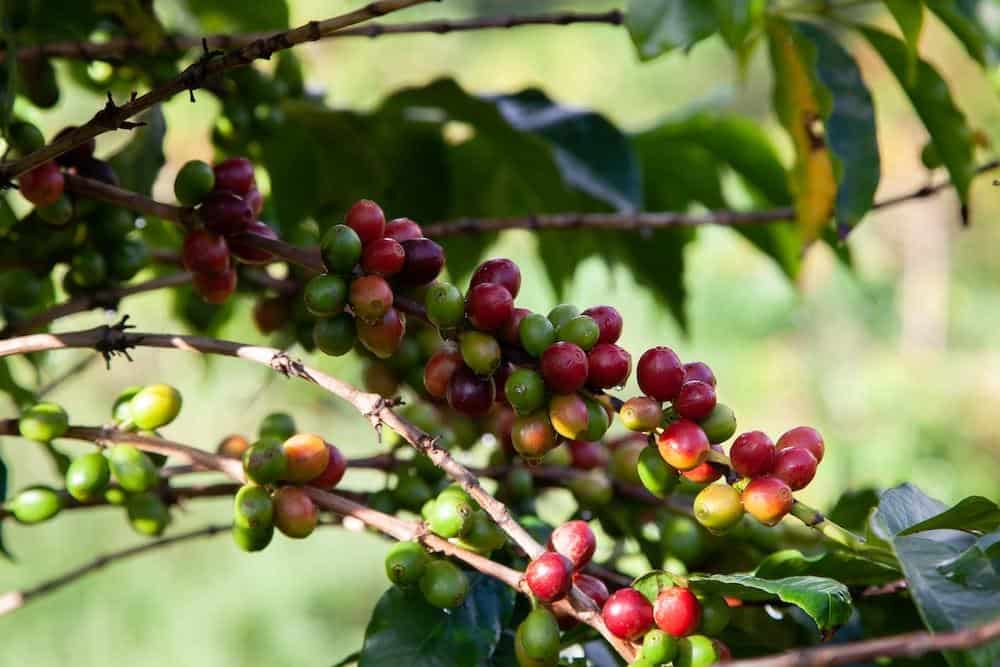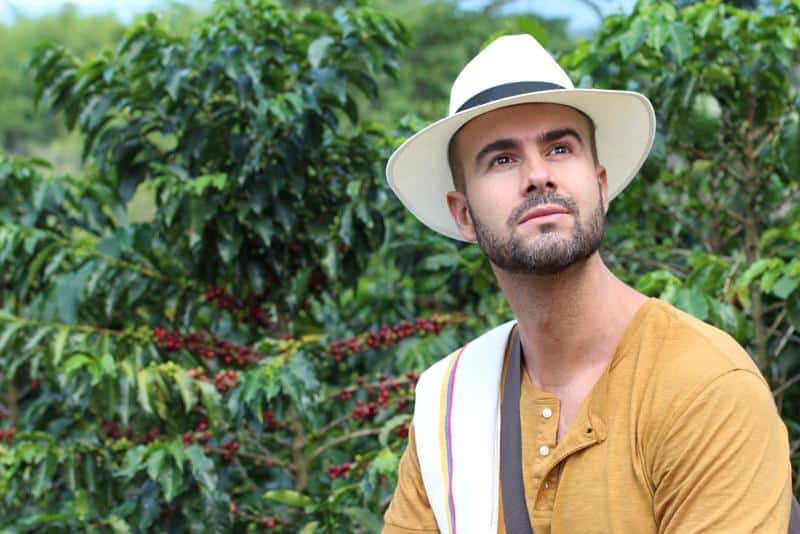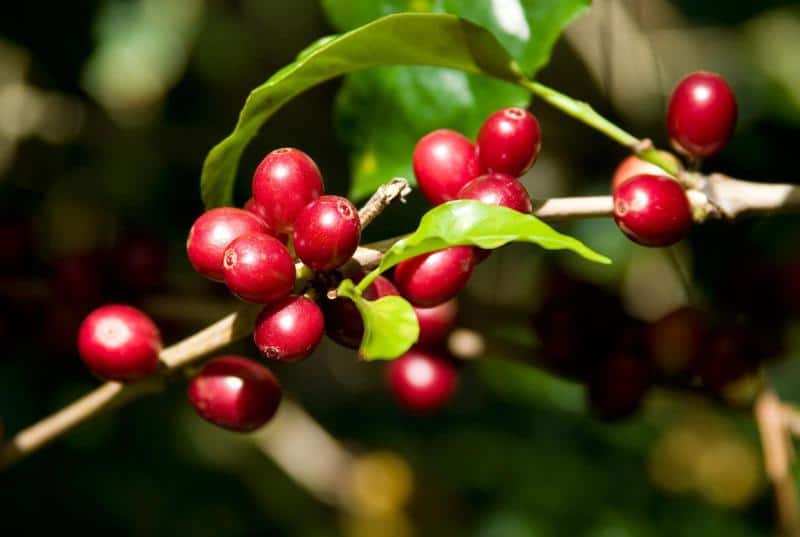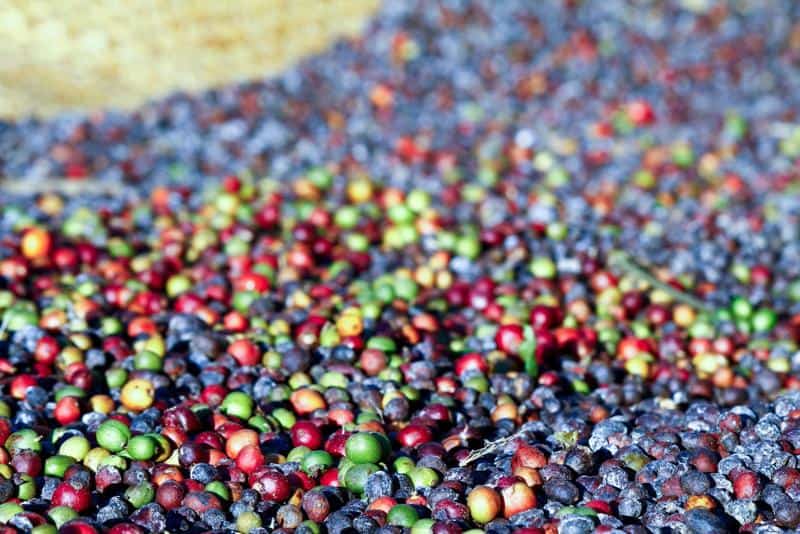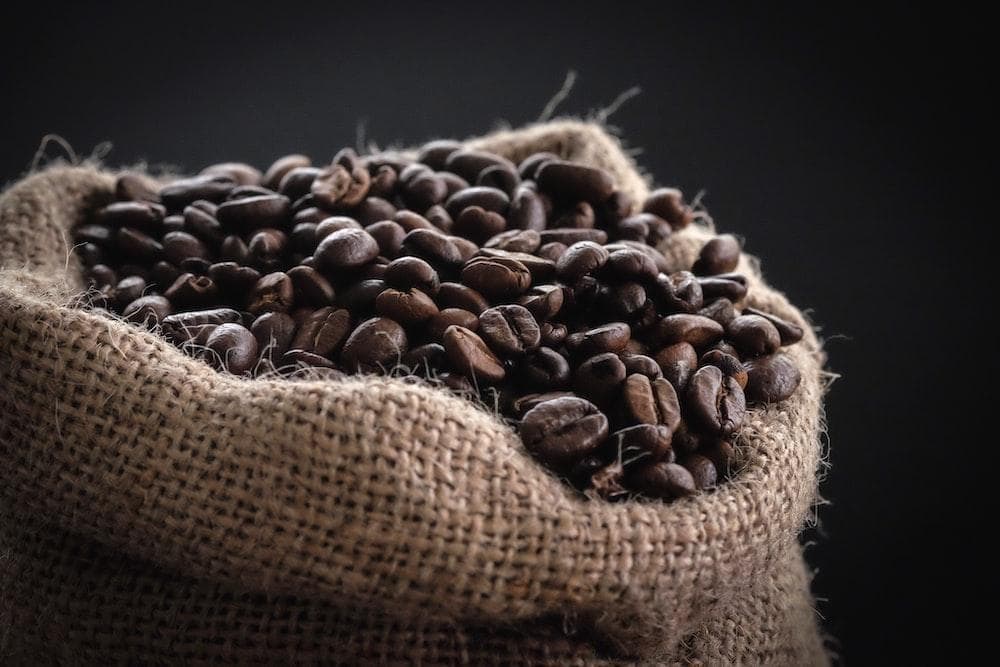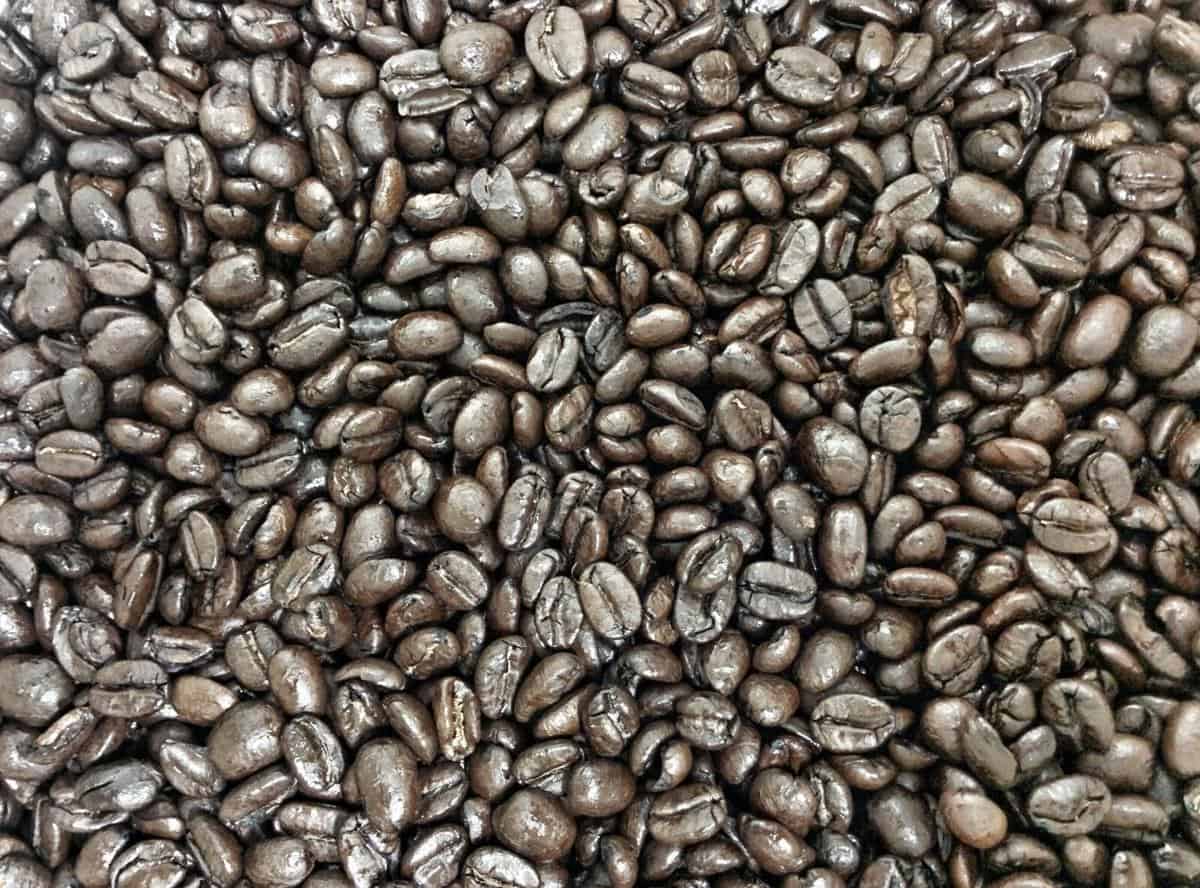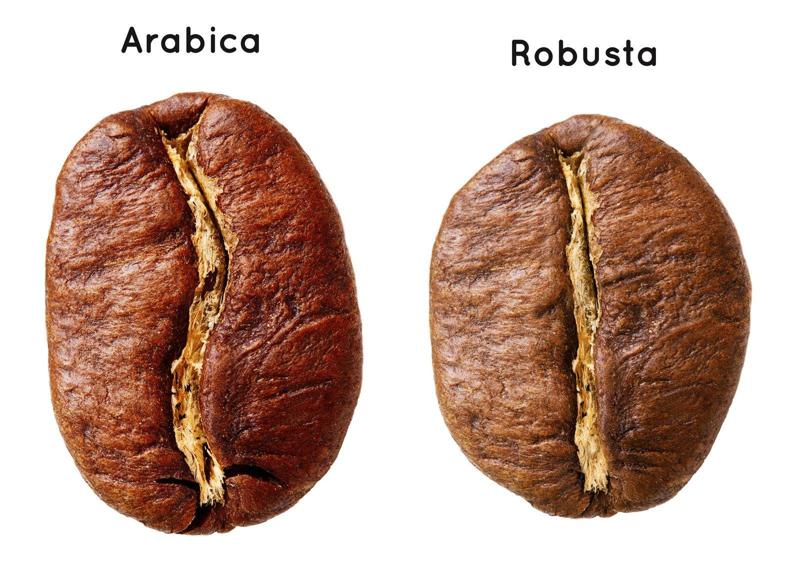South American coffee is a beloved staple in the world of coffee enthusiasts, known for its bold, robust flavors and unique brewing methods. In this article, we will take you on a journey into the captivating world of South American coffee, delving into its rich history, diverse origins, and distinctive flavors. Get ready to savor the delight as we explore the bold brews that make South American coffee so special.
Coffee has deep cultural significance in South America, with each country having its own unique relationship with the beverage. From Colombia to Brazil, Peru to Bolivia, and Ecuador to many more, these countries are celebrated for their exceptional coffee production. Each region boasts its own distinct flavors and growing conditions that contribute to the vibrant taste profiles found in South American coffees.
We begin our exploration by uncovering South America’s rich coffee heritage and tracing its well-established roots. By understanding the origins of coffee in this region, we can appreciate how it has shaped not only local economies but also global perceptions of quality brews. Join us as we unveil centuries-old traditions and showcase the unparalleled craftsmanship behind each cup of South American coffee.
So sit back, grab your favorite mug, and prepare to embark on a flavorful adventure through the world of South American coffee. From Colombia’s reign as a champion producer to Brazil’s dominant role in shaping global markets, from Peru’s hidden gem offerings to Bolivia’s emerging delight and Ecuador’s sublime elixirs – get ready to awaken your senses and experience boldness like never before.
Let us guide you through every sip as we unlock the full potential of South American Coffee together.
The Origins
South America has a rich history and cultural heritage when it comes to coffee production. It is home to several countries and regions that are renowned for producing exceptional coffee beans. The origins of South America’s coffee heritage can be traced back many centuries, and exploring its roots gives us a deeper understanding of the unique flavors and boldness that characterize these coffees.
Coffee arrived in South America during the colonial era, with Brazil being one of the first countries to cultivate the crop on a large scale. The favorable climate and abundant land made Brazil an ideal location for coffee plantations. Today, Brazil is the largest producer of coffee in the world, accounting for over 30% of global production.
Colombia is another country that holds a prominent place in South America’s coffee heritage. Known for its high-quality Arabica beans, Colombia has built a reputation as a producer of some of the finest coffees in the world. The unique combination of altitude, volcanic soil, and microclimates in Colombia contribute to the distinct flavors found in their coffees.
Other South American countries such as Peru, Bolivia, and Ecuador also have their own unique contributions to coffee production. Peru is often referred to as a hidden gem when it comes to coffee, with its diverse growing regions producing beans with a wide range of flavors. Bolivia’s emerging coffee industry is gaining recognition for its specialty coffees known for their delicate nuances. Ecuador produces exceptional Arabica beans with distinctive flavors influenced by its diverse geography.
Overall, South America’s coffee heritage is deeply rooted in history and culture. Each country brings something special to the table with its unique growing conditions, processing methods, and flavor profiles. This diversity makes South American coffees an exciting journey for any coffee lover looking to explore bold brews with distinctive character.
Colombian Coffee
Colombian coffee holds a special place in the hearts (and cups) of coffee enthusiasts around the world. Renowned for its exceptional quality, Colombia has firmly established itself as the reigning champion of South American coffee. With its distinct characteristics and flavors, Colombian coffee continues to delight and impress coffee connoisseurs everywhere.
Colombia’s coffee industry has a long and storied history. Dating back to the 18th century, coffee production quickly became a vital part of the country’s economy and cultural identity. Today, Colombia is the third-largest producer of coffee in the world, with over 500,000 farmers involved in cultivating this beloved beverage.
What sets Colombian coffee apart from others is its unique growing conditions. Situated near the equator, with mountain ranges providing optimal altitude and climate variations, Colombian coffee benefits from rich volcanic soil and lush landscapes that contribute to its distinctive taste. This combination results in a cup of coffee that is rich, smooth, and full-bodied with bright acidity.
One key characteristic that makes Colombian coffee stand out is its flavor profile. It often exhibits notes of caramel, chocolate, nuts, and berries. Each region within Colombia has different microclimates and altitudes which influence the flavors found in their respective coffees. From the renowned regions of Antioquia to Huila and Nariño, there are numerous flavor profiles to explore within Colombian coffee.
To fully appreciate the nuances of Colombian coffee, it is best enjoyed through brewing methods that highlight its boldness. For those seeking a traditional experience, brewing methods like pour over or French press can bring out the depth and complexity of flavors. Additionally, espresso-based drinks like cappuccinos or lattes can showcase Colombian coffee’s velvety texture and balanced acidity.
Brazilian Coffee
Brazil, the largest country in South America, takes its place as the mighty giant of the region when it comes to coffee production. Renowned worldwide for its vast coffee plantations and dominant position in the global coffee market, Brazilian coffee offers a captivating array of flavors and diverse varieties that make it a force to be reckoned with.
The Dominance of Brazil in the Global Coffee Market
Brazil’s dominance in the global coffee market cannot be overstated. The country accounts for approximately one-third of the world’s total coffee production, making it by far the largest producer. Its favorable climate and varied landscapes provide ideal conditions for growing coffee, allowing Brazil to produce an impressive assortment of beans.
Exploring Flavors and Varieties in Brazilian Coffee
One of the most remarkable aspects of Brazilian coffee is its diversity. The country cultivates both Arabica and Robusta varieties, each offering distinct flavors and qualities. Arabica beans are known for their delicate acidity, pleasant sweetness, and notes of chocolate and nuts. Robusta beans, on the other hand, possess a stronger flavor profile with earthy and woody undertones.
Within these categories, Brazilian coffees can further be classified based on their regions. For example, Santos coffee is named after Brazil’s largest port through which most coffee is exported. It has a mild flavor with hints of fruitiness, making it a popular choice for blending with other types of coffee. Another well-known variety is Bourbon Santos, which boasts a smooth body with pronounced sweet notes.
In recent years, specialty coffees from micro-lots have been gaining attention in Brazil. These single-origin coffees are carefully grown within specific small-scale farms or estates and offer unique flavor profiles that reflect their terroir. This focus on quality has allowed Brazilian specialty coffees to stand out in the international specialty coffee scene.
As you venture into exploring South American coffees, be sure not to overlook the mighty giant of Brazilian coffee. With its wide range of flavors and varieties, there is something to suit every coffee lover’s palate. Whether you prefer the delicate complexity of Arabica or the boldness of Robusta, Brazilian coffee is sure to leave a lasting impression.
Peruvian Coffee
Peruvian coffee is often regarded as a hidden gem of South America, with its unique growing conditions and distinctive flavors that are a treat for coffee enthusiasts. Despite being overshadowed by coffee giants like Colombia and Brazil, Peru has been steadily making its mark in the speciality coffee scene.
An Underrated Coffee Production
Peru may not be the first country that comes to mind when thinking about coffee production, but it is quickly gaining recognition for its high-quality beans. The country’s unique geography and climate create optimal conditions for growing coffee. With diverse microclimates ranging from the Amazon rainforest to the Andes Mountains, Peru offers an ideal environment for producing exceptional coffee varieties.
One of the reasons why Peruvian coffee has remained relatively unknown is due to the country’s historical focus on producing quantity over quality. However, in recent years, there has been a shift towards cultivating specialty coffees with distinctive flavors and profiles. This shift is attracting attention from coffee connoisseurs who are eager to explore new and exciting taste experiences.
Growing Conditions and Flavor Profiles
Peruvian coffees are known for their striking balance between acidity and sweetness, offering a complex flavor profile that pleases the palate. The combination of high-altitude cultivation, rich volcanic soils, and shade-grown farming practices contributes to the unique characteristics found in Peruvian coffees.
The altitude at which Peruvian coffee is grown plays a crucial role in developing its flavors. Coffees grown at higher altitudes tend to have a brighter acidity and more pronounced fruitiness. Additionally, the diverse varietals grown in Peru contribute to the wide range of flavor notes found in their coffees. Depending on the region and varietal, you might encounter tasting notes ranging from floral and citrusy to chocolatey and nutty.
Bolivian Coffee
Bolivia, although a lesser-known player in the world of coffee production, is starting to make its mark as a producer of high-quality beans. This South American country’s unique geography and ideal growing conditions contribute to the development of distinct flavors in Bolivian coffee. Situated in the heart of the Andes mountain range, Bolivia offers coffee aficionados an exceptional treat that is waiting to be explored.
In recent years, Bolivia has been making strides in establishing itself as a key player in the specialty coffee market. The country’s commitment to produce organic coffee using sustainable farming practices has garnered attention from consumers looking for ethically sourced beans. This emphasis on quality and sustainability has resulted in Bolivian coffee gaining recognition for its exquisite taste and craftsmanship.
Bolivia boasts a variety of flavor profiles when it comes to its coffee offerings. From fruity notes like red apple and berry to chocolatey undertones with hints of caramel, Bolivian coffee can satisfy a range of palates. With its bright acidity and medium body, this coffee is often described as having a well-balanced complexity that keeps you coming back for more.
If you’re fortunate enough to get your hands on some Bolivian coffee, there are several brewing methods you can try to enhance its boldness and unique flavors. For those who prefer a strong and concentrated cup, brewing techniques such as French press or espresso can bring out the full-bodied richness of Bolivian beans.
On the other hand, pour-over methods like Chemex or V60 allow for a cleaner taste that highlights the subtler nuances found in this delightful brew.
Bolivian coffee represents an undiscovered delight waiting to be savored by coffee enthusiasts around the world. Its rich flavors and commitment to sustainability make it an excellent choice for those seeking new and exciting coffees to add to their collection. As Bolivia continues to carve its place in the coffee industry, it is only a matter of time before this hidden gem becomes a favorite among discerning coffee lovers.
Ecuadorian Coffee
Nestled among the Andes Mountains, Ecuador is home to some of the most exquisite coffee in South America. While not as well-known as its neighbors Colombia and Brazil, Ecuadorian coffee has developed a reputation for its sublime flavors and unique growing regions. With its diverse microclimates and rich volcanic soil, Ecuador provides the perfect conditions for cultivating exceptional coffee beans.
One of the key factors that sets Ecuadorian coffee apart is its distinct flavor profile. Known for its complexity, Ecuadorian coffee offers a harmonious blend of rich chocolate notes, bright citrus acidity, and floral undertones. These distinctive flavors are a result of the country’s varied altitudes and different varietals grown, such as Typica, Bourbon, and Caturra. Each region within Ecuador contributes to this delightful taste experience, with growing areas like Loja and Zamora-Chinchipe showcasing their own unique terroir.
When it comes to specialty coffee production, Ecuador has gained recognition for its commitment to sustainability and quality. Many small-scale farmers in the country practice organic farming methods and prioritize the preservation of their natural resources. This dedication to eco-friendly practices not only ensures the longevity of their farms but also contributes to the exceptional taste of their coffees.
To fully appreciate the sublime elixir that is Ecuadorian coffee, there are several popular brewing methods worth exploring. Brewing techniques such as pour-over or Chemex allow you to savor every nuance of flavor in each cup. Alternatively, using an espresso machine can intensify the robustness and bring out the chocolate undertones in Ecuadorian beans.
Exploring Brewing Methods
South American coffee is known for its bold flavors and robust characteristics, which can be further enhanced through different brewing methods. Whether you prefer a strong espresso shot or a smooth pour-over, there are various techniques that can accentuate the unique qualities of South American coffee.
One popular brewing method that complements the boldness of South American coffee is the French press. This method allows for longer extraction times and full immersion, resulting in a rich and intense cup of coffee. To brew with a French press, start by coarsely grinding your South American coffee beans.
Place the grounds in the French press and pour hot water over them, ensuring all the grounds are fully saturated. Let it steep for about 4 minutes before pressing down the plunger slowly to separate the grounds from the brewed coffee. The result is a full-bodied cup with pronounced flavors and a pleasant mouthfeel.
For those who enjoy an espresso-style South American coffee, using a moka pot can produce satisfying results. The moka pot, also known as stovetop espresso maker, utilizes pressure to extract a concentrated brew that captures the boldness of South American coffee beans. To brew with a moka pot, fill the bottom chamber with water and add finely ground South American coffee to the filter basket in the middle chamber.
Screw on the top chamber tightly and place it on low to medium heat until you hear a hissing sound. Remove from heat immediately after this sound occurs to avoid over-extraction. The resulting brew will be strong and full-bodied – perfect for those who prefer their coffee with an extra kick.
Another brewing method that highlights the flavors of South American coffee is pour-over brewing. This technique allows for precise control over variables such as water temperature and flow rate, resulting in a clean and nuanced cup of joe. To brew using this method, start by heating water to about 200 degrees Fahrenheit. Place a filter in a pour-over dripper (such as a Hario V60) and rinse it with hot water to remove any paper taste.
Add medium-coarse ground South American coffee to the filter, then slowly pour hot water over the grounds in a circular motion. Take your time to ensure even saturation and allow the coffee to drip through gradually. The pour-over method offers a clean and vibrant cup, revealing the intricate flavors present in South American coffee.
The Joy of Savoring South American Coffee
When it comes to South American coffee, savoring the rich flavors and bold brews is an experience like no other. Each cup tells a story, offering a taste of the region’s unique coffee heritage.
From the lush valleys of Colombia to the hidden gems of Peru and Bolivia, every sip captures the essence of South America. In this section, we will delve into the joy of savoring South American coffee, exploring tasting notes and offering tips on how to fully appreciate its complexity.
Tasting South American coffee is an adventure for your senses. Colombian coffee, known for its exceptional quality, offers a balanced yet vibrant flavor profile. Expect notes of caramel and chocolate with a hint of tropical fruitiness. Brazilian coffee, the mighty giant in the global market, brings boldness to your cup with its heavy body and nutty undertones.
On the other hand, Peruvian coffee surprises with its gentle acidity and bright citrus notes that dance on your palate. And let’s not forget about Bolivian coffee – an undiscovered delight that often surprises with floral aromas and a smooth finish. Lastly, Ecuadorian coffee provides a sublime elixir with floral undertones and hints of cocoa.
To fully appreciate these flavors, it’s important to pay attention to different brewing methods that enhance the boldness of South American coffee. For Colombian coffee, a French press or pour-over method can bring out its distinct acidity while preserving its natural sweetness. Brazilian coffee shines when brewed using espresso machines or Moka pots to highlight its heavy body and reveal layers of caramel and nuttiness.
Peruvian coffee offers a delightful experience when brewed using a Chemex or Aeropress for a cleaner cup with pronounced citrus notes. For Bolivian coffee, try using a V60 pour-over or cold brew method to bring out its floral aromas and delicate flavors. Ecuadorian coffee can be enjoyed through various brewing techniques such as pour-over or espresso, depending on the desired flavor profile.
When savoring South American coffee, remember to take your time to fully appreciate each cup. Start by observing its appearance – the colors and textures that hint at what lies within. As you raise the cup to your nose, breathe in deeply and let the aromas envelop you.
Take small sips and hold the coffee on your tongue, allowing it to coat your palate completely. Notice the flavors that dance across your taste buds – the sweetness, acidity, and body of each brew. Allow yourself to be transported to the landscapes where these coffees were grown and appreciate the hard work that went into creating such unique flavors.
Unlocking the full potential of South American coffee is an adventure that lies in exploring different origins, flavor profiles, and brewing methods. Whether you prefer a bold Colombian brew or a delicate Peruvian cup, there is a South American coffee waiting for you to discover its nuances. So sit back, savor each sip, and let yourself be delighted by the rich legacy of South American coffee.
Conclusion
In conclusion, South American coffee offers a captivating and delightful journey for coffee enthusiasts. From the origins of its rich coffee heritage to the distinct flavors found in each country, South America delivers a bold and unparalleled experience for your taste buds. Colombian coffee reigns as the champion with its distinct characteristics, while Brazilian coffee asserts its dominance in the global market with its diverse varieties.
Peru presents a hidden gem that surprises with its unique growing conditions and flavors, while Bolivia emerges as an undiscovered delight. Finally, Ecuador showcases its sublime elixir with distinctive flavors and growing regions.
To fully unlock the potential of South American coffee, it is crucial to explore different brewing methods that accentuate its robustness. Whether you prefer pour-over, French press, or espresso, each method enhances the boldness of these coffees in its own way. It is recommended to experiment with various brewing techniques to find your favorite method for each type of South American coffee.
Savoring South American coffee is not solely about drinking a cup; it is about embracing an experience. Take time to appreciate the complexity and richness of each sip by engaging your senses and noting down tasting notes. With every brew, let the flavors transport you to the vibrant landscapes of Colombia or the lush plantations of Brazil.
Frequently Asked Questions
What kind of coffee is in South America?
South America is known for producing a wide variety of coffee types, each with their own unique characteristics. Some of the popular coffee varieties found in South America include Brazil’s Santos, Colombia’s Supremo, Peru’s Tunki, and Bolivia’s Caranavi.
These coffees vary in terms of taste, acidity, aroma, and body, providing coffee lovers with a diverse range of options to choose from.
Which South American has the best coffee?
It is subjective to determine which South American country has the best coffee since taste preferences can vary among individuals. However, Colombia is often considered one of the best coffee producers in South America due to several factors.
Colombian coffee has a well-deserved reputation for its high-quality beans and exceptional flavor profiles that are both balanced and smooth. The country’s ideal geographical conditions, such as rich volcanic soil and high altitudes, contribute to the superior quality of Colombian coffee.
Which South American nation is known for its coffee?
Although several South American nations are renowned for their coffee production, Colombia is perhaps the most well-known globally for its coffee industry. Colombian coffee has gained worldwide recognition due to its consistent quality and distinct flavors.
The country’s ideal climate conditions, precise harvesting methods, and strict quality control measures have helped establish it as a leader in the global coffee market.
What is the difference between African coffee and South American coffee?
African coffee and South American coffee differ in various aspects ranging from taste profiles to growing conditions. African coffees tend to exhibit more fruity and floral flavors along with higher acidity levels compared to South American coffees.
Ethiopian coffees are particularly recognized for their complex fruitiness and intensity while Kenyan coffees often display bright acidity combined with wine-like flavors. On the other hand, South American coffees are known for their sweeter profiles with milder acidity, offering flavors such as chocolatey or nutty notes.
Why is South American coffee so good?
There are several reasons why South American coffee is often regarded as exceptional. Firstly, many South American countries benefit from unique geographical features that create optimal growing conditions. The combination of high altitudes, volcanic soil, and the right climate provides the coffee plants with favorable circumstances to develop complex flavors.
Additionally, South American coffee producers often employ meticulous cultivation and harvesting techniques, ensuring that only the ripest coffee cherries are selected, resulting in a higher quality product. Finally, countries like Colombia have committed to strict quality control measures and sustainability practices, maintaining consistent standards throughout their coffee production process. All of these factors contribute to the overall excellence of South American coffee.


